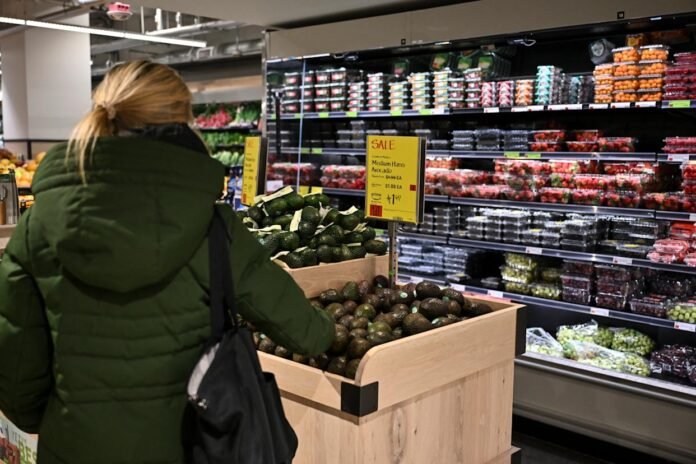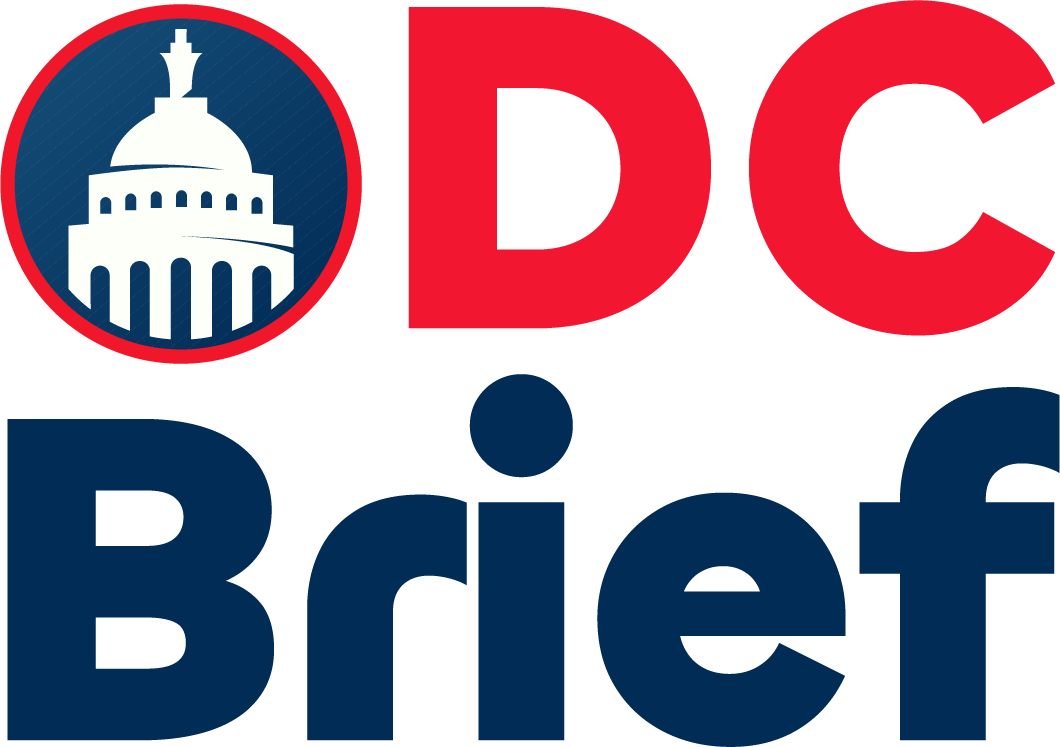Retailers across the United States are seeing a sharp increase in foot traffic. As tariff concerns rise, shoppers rush to stock up on goods. From food to fashion, Americans are filling their carts before prices spike further.
According to data shared with Modern Retail, nearly all major retail sectors experienced year-over-year growth in store visits. In the week ending April 13, electronics stores saw a 3.31% jump. Shoe stores gained 4.03%, while clothing stores increased by 4.78%. Grocery stores led essentials with a 6.95% rise. Jewelry stores, however, saw the highest increase at 13.30%.
Meanwhile, specialty food shops reported a major surge. Foot traffic rose 22.94% from April 7 to 13. These stores often carry items from Europe, like French cheese or Italian oil. Although some tariffs were paused, most imports still face at least a 10% tariff.
The home improvement sector also saw changes. Foot traffic jumped 9.5% during the week of March 24. Builders expect higher costs due to potential tariffs on materials like lumber. This could raise homebuilding expenses by up to $10,000 per unit.
On digital platforms, the trend continues. Amazon shoppers are ordering essentials such as baby formula ahead of tariff hikes. As fear spreads, shoppers rush to stock up on goods they believe may soon cost more.
However, not all sectors benefited. Furniture store traffic dropped 5.62% for the week ending April 6. It fell another 3.81% the following week. Auto dealers faced even steeper declines, with foot traffic down over 15% two weeks in a row. Large purchases like furniture and vehicles are often delayed during uncertain times.
Experts say these foot traffic spikes reflect broader behavioral shifts. James Ewen of Pass_by noted that most retail patterns depend on sales, seasons, or events. But this time, policy concerns are driving people into stores.
Although not consistent every week, foot traffic shows a pattern of bursts. When new tariff news hits, shoppers rush to stock up. Then, activity may slow until more updates arrive. As tariff negotiations continue, expect shopping patterns to remain unpredictable.
For more business updates, visit DC Brief.


